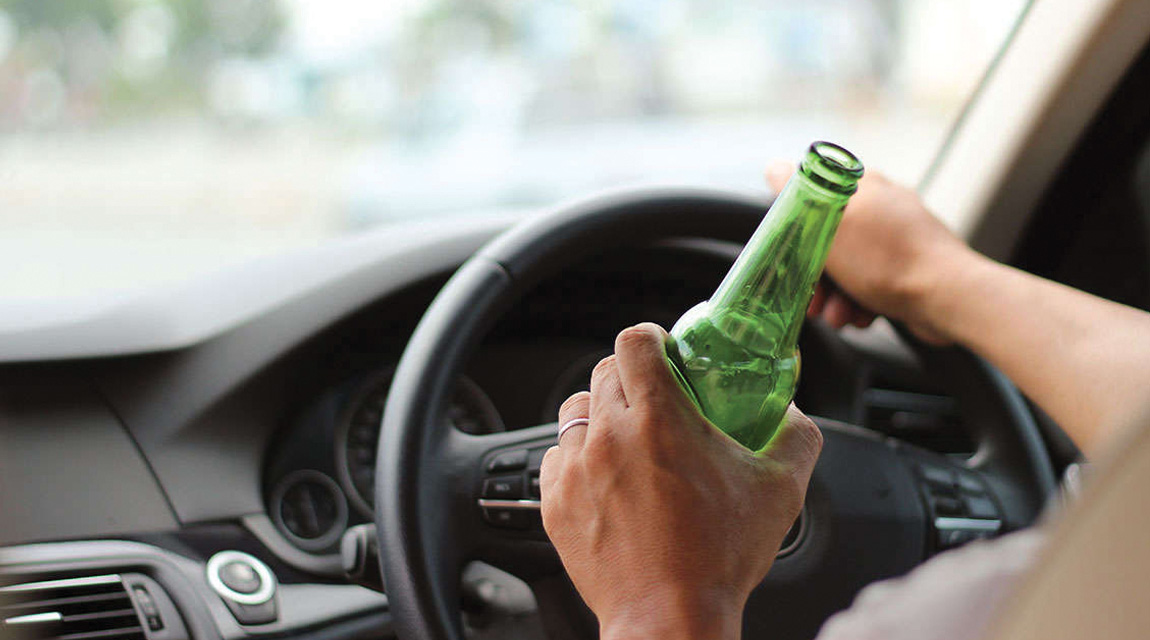Which drivers drink and drive?

Drinking and driving is never acceptable, but new research indicates that some groups are more susceptible to doing this than others.
It is often said that a vice of many local truck drivers is their dependence on substances, such as alcohol, to ease the pressures of the job. By the same token, alcohol abuse and drinking and driving is a factor in 65 percent of South African motor-vehicle crash-related deaths, according to South Africans Against Drink Driving
Clearly, there is an overall lack of respect among South African drivers for the risks involved, while our law-enforcement is lacking in its overall capacity to deal with the problem.
To be fair, the problem is not localised to South Africa. In many areas of the globe, tailored interventions are needed that are targeted at high-risk groups.
Who are these high-risk drivers? Recent award-winning research by Romanian George Ursachi, senior research analyst with British transport consultancy Agilysis, has pioneered an innovative statistical analysis of which drivers are most likely to be involved in alcohol-related crashes.
Ursachi’s paper is part of a project on Behaviour Change in Road Safety that will use similar approaches to other crash-causing factors, such as speeding or distracted driving.
It is claimed that the risk of dying in a crash is three-times higher for drivers with a blood-alcohol concentration of 0,02 g per decilitre (dl) than for drivers who have not been drinking. There is a six-fold increase for drivers with alcohol levels between 0,05 g/dl and
0,08 g/dl and the risk grows exponentially with higher blood-alcohol levels.
Changing the behaviour of people who drink and drive is, therefore, a central component in any strategy to reduce the number of road-traffic deaths and injuries.
To profile drivers most likely to drive under the influence of alcohol, Ursachi used a dataset of 612 221 drivers who were involved in reported injury collisions between 2011 and 2015 in the United Kingdom (UK). Of these, 24 577 drivers (4,01 percent) had had their driving ability impaired by alcohol.
This dataset was merged with a widely used consumer classification database, Mosaic, which groups the UK population into 66 “types” based on socio-demographic and behavioural characteristics.
The findings showed that, generally speaking, the typical person who drinks and drives and is involved in injury collisions in the UK is a young adult male, driving a car in the dark on a dry, rural, single carriageway, non-main road.
A second important category comprises people who are older, live in areas with low income and education levels and are often in poor health.
However, Ursachi’s analysis adds that 26 of the 66 types have a significantly higher-than-average likelihood to drink and drive. Ursachi notes that the specifics of these different types enable decision-makers to have a better understanding of their target audience.
While the research has no direct effect on the situation in South Africa, I do feel that similar local research could be advantageous for the same reasons.
After all, one only needs to compare the UK’s four-year figure of 24 577 to the 75 034 drivers reported to have been found driving under the influence in South Africa’s 2016/17 crime statistics, to get an idea of how much worse the situation is on home soil.
Published by
Focus on Transport
focusmagsa




